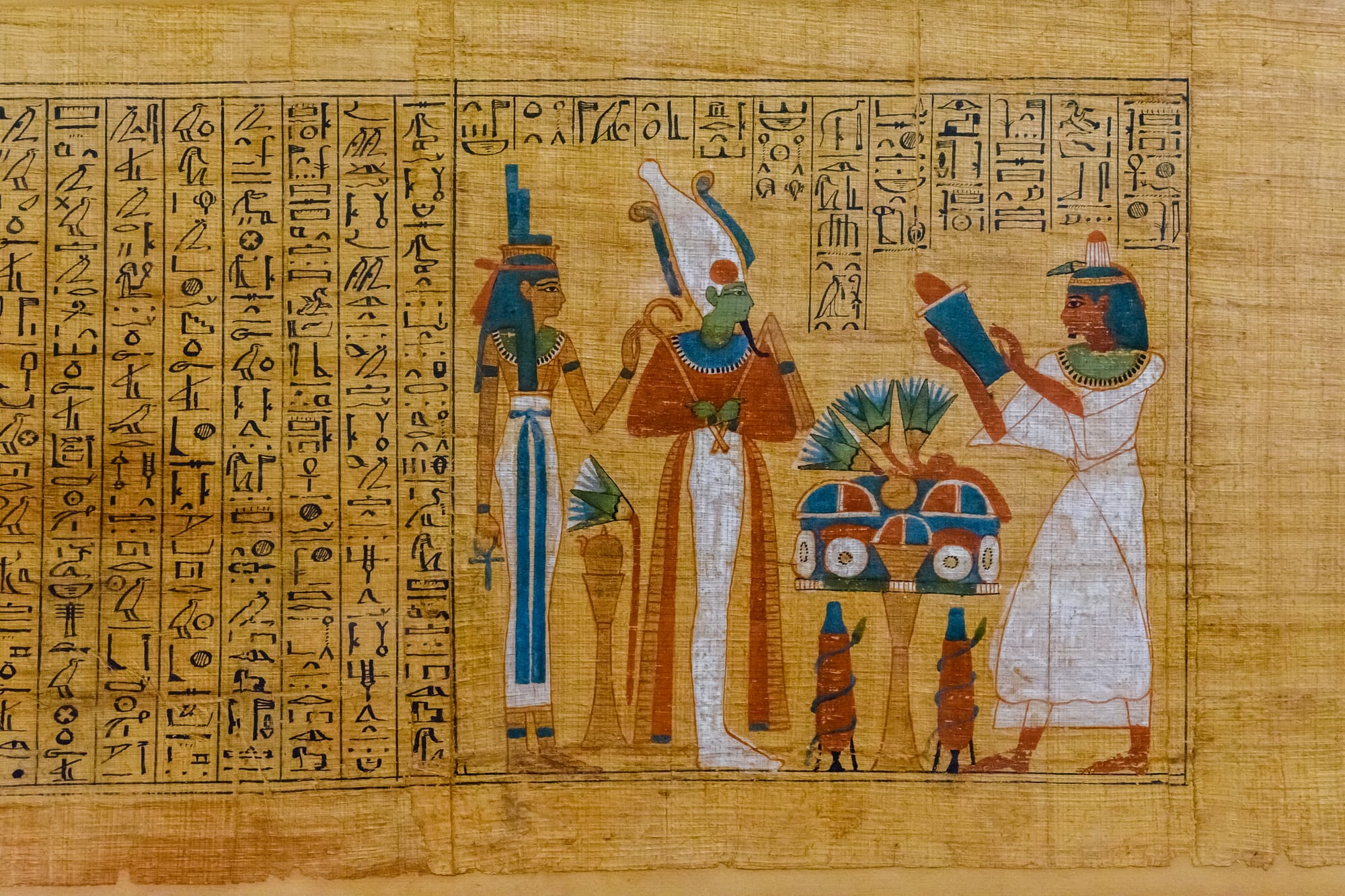Who was Pharaoh at Moses' birth?

Question: Peter asked, "You... mentioned Ahmose and that he lived in Thebes. Was he the Pharaoh when Moses was born, according to your timeline?"
Answer: When Exodus says, “Now there arose up a new king over Egypt, which knew not Joseph” (Exod 1:8 kjv), the emphasis is on the word “new,” because it was in fact a new dynasty that had arisen after the Hyksos were finally expelled from the land.
Pharaoh Ahmose was the founder of the 18th Dynasty. Ahmose’s father had begun the tenacious and prolonged battle to expel the Hyksos, and lost his life as a result. Ahmose took up the challenge where his father left off and completed the conquest of the Hyksos.
The Hyksos were still considered a threat and Pharaoh Ahmose may have been unhappy to see Jacob’s descendants growing apace as the possibility of the burgeoning Israelite community aligning themselves with the Hyksos, in any future attempt by the Hyksos to regain power was a particular worry for him. This scenario was not beyond the bounds of possibility—Exodus 1:9–10 puts it like this: “‘Look,’ he said to his people, ‘the Israelites have become far too numerous for us. Come, we must deal shrewdly with them or they will become even more numerous and, if war breaks out, will join our enemies, fight against us and leave the country.’” The Hyksos and Israelites both being of Semitic descent was a major concern for Pharaoh Ahmose. This is where enslavement began for the descendants of Jacob, the date would be around 1550 BC.
The Thutmose family was obviously thinking of a palace based in Avaris/Rameses and so Thutmose I, who, it seems, issued the order to destroy the Hebrew boys would be either on a visit there or already had a base there, but most likely on a visit. His attention would be drawn to the Hebrews and the problem of their population growth, because of his proximity to them; hence, the dastardly order was quickly issued.
Moses was born around that time. Princess Hatshepsut would be with the royal touring party and probably bathed in the Nile because her attendants had no place to prepare her normal bathing routine as they did in the palace at Thebes. Providentially, the infant Moses was floating in the river at that precise time.
Moses was born in 1486 BC, during the reign of Pharaoh Thutmose, so at that time Hatshepsut would have been known as Pharaoh’s daughter. Thutmose died in 1482 BC, not long after the birth of Moses. Hatshepsut was a thoroughbred daughter of King Thutmose and his royal wife Queen Ahmose, but the royal pair had not left a living son. This is where the royal harem came in handy because there was a male son who was royal issue from Thutmose’s actual body and a respected secondary queen. But the young Prince Thutmose II needed to shore up his royal credentials so it was thought prudent for him to marry his half-sister Hatshepsut. Thutmose II took the throne in 1482 BC. His reign did not last long—there are some differences of opinion on just how long, but the facts, as far as the book of Exodus is concerned, tie in well if we go with the short-reign option of a mere three years of rule. Some of the pharaohs’ offspring did not enjoy good health and interbreeding closely did not help matters.